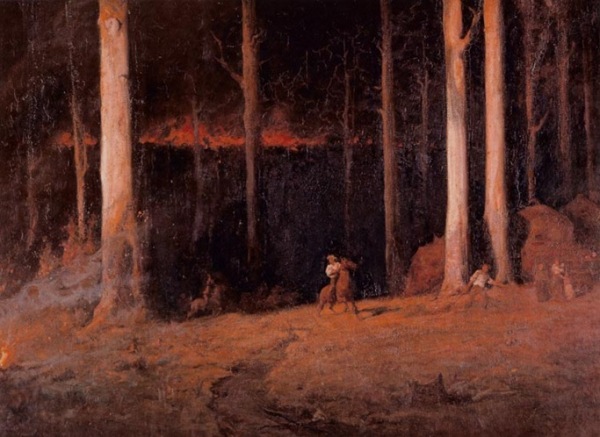That, I suspect, is part of the problem behind the story in today’s Australian — Students do badly in study of civics. I really don’t think results would have been much better fifty years ago when I was fifteen.
STUDENTS’ knowledge of Australia’s system of government is lower than expected, with only one in three Year 10 students knowing what the Constitution is.
The national assessment of civics and citizenship in Years 6 and 10 found about 54 per cent of primary students and 41 per cent of high school students met the proficiency standards for their year. But about one in five Year 10 students failed to meet the Year 6 standard.
"This was especially the case in relation to information about the constitutional structure of Australian democracy," the report says. "Lacking such fundamental information will restrict the capacity of students to make sense of many other aspects of Australian democratic forms and processes, and they may, therefore, be disadvantaged in their capacity to engage in meaningful ways in many other levels of civic action or discourse."
At Year 6, students are expected to recognise the division of governmental responsibilities in a federation, identify a link between a change in Australia’s identity and a change in the national anthem, recognise the benefit of different political parties and the federal budget.
By Year 10, students are expected to recognise key functions and features of parliament, analyse the common good as a motivation for becoming a whistleblower, explain the importance of a secret ballot, and recognise how the independence of the judiciary is protected. On the Constitution, Year 10 students were asked "what is the Australian Constitution?" and given four possible answers: the rules about how the major Australian political parties are run; the policies of the Australian federal government; the framework for the ways Australia is governed; all the laws that Australian citizens must obey…
Look at the last paragraph there! Did I know all that fifty years ago? Answer: NO! What do we expect then? Why, aside from pious hopes, should we expect 100% of kids to have mastered all that arcane matter?
On the other hand, kids today do have advantages. In the web world there are some marvellous sources of information. Even the Book of Answers from the last government’s ill-conceived citizenship tests is not a bad resource on these and other matters. But then there are sites such as Australian Politics and Oz Politics. Certainly it isn’t hard to find out these days; in my day it was less easy.
There is a big role here too in well organised excursions to parliaments and courts, as many schools do. The information people there are often brilliant, and the whole thing becomes more concrete. On the other hand bureaucratic responses to child safety issues have made organising any excursion a logistic nightmare, so I suspect there has probably been some reduction in such activities. A shame. Mock courts and parliaments are another approach that can bring these matters to life.
Coincidentally, yesterday I found myself with a 15-16 year old from China, a recent arrival whose English is developing, trying to help him with a Legal Studies task on the rule of law – and a whole host of other key terms all crowded into one or two of his school lessons. A challenge. We did our best.









